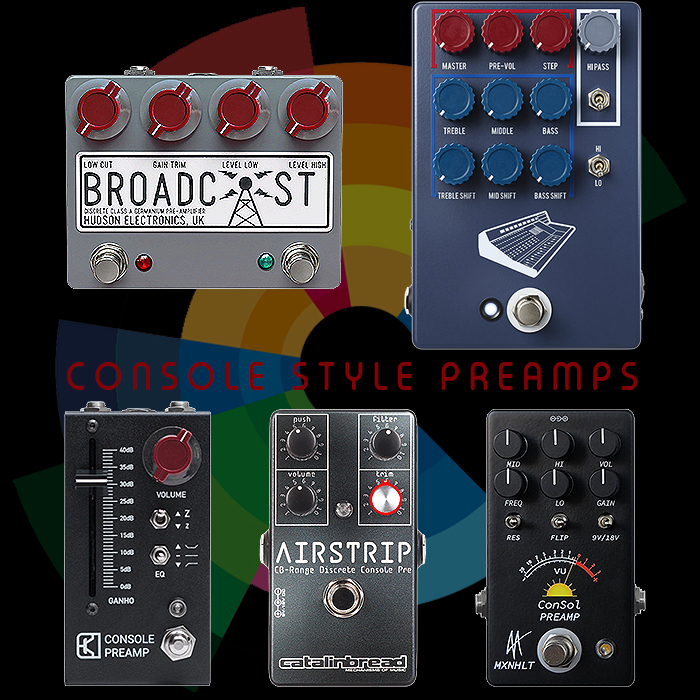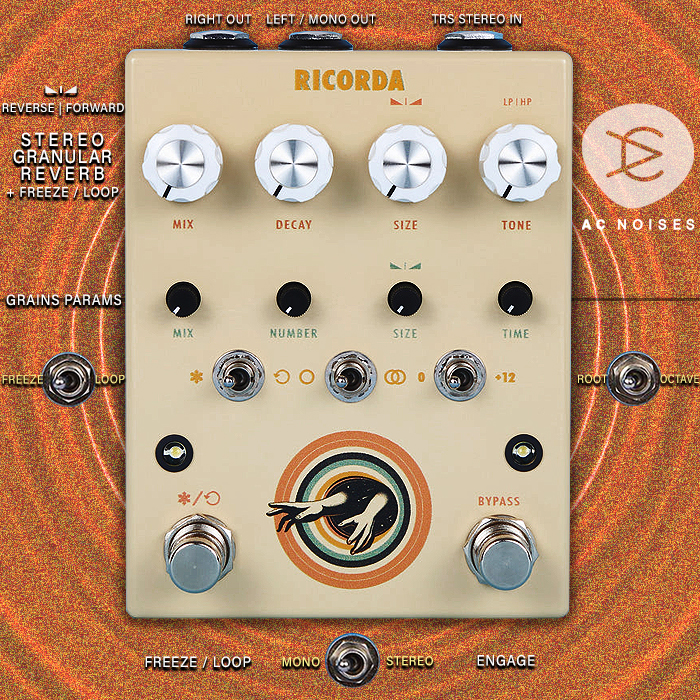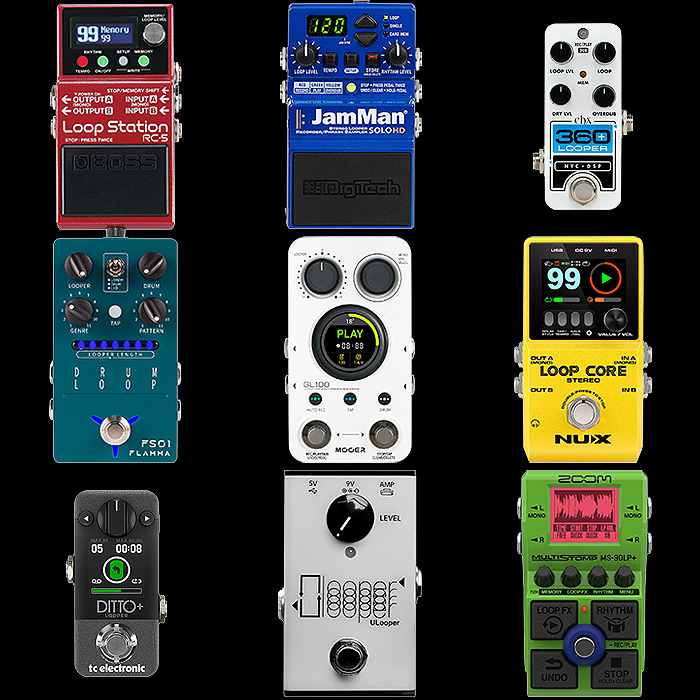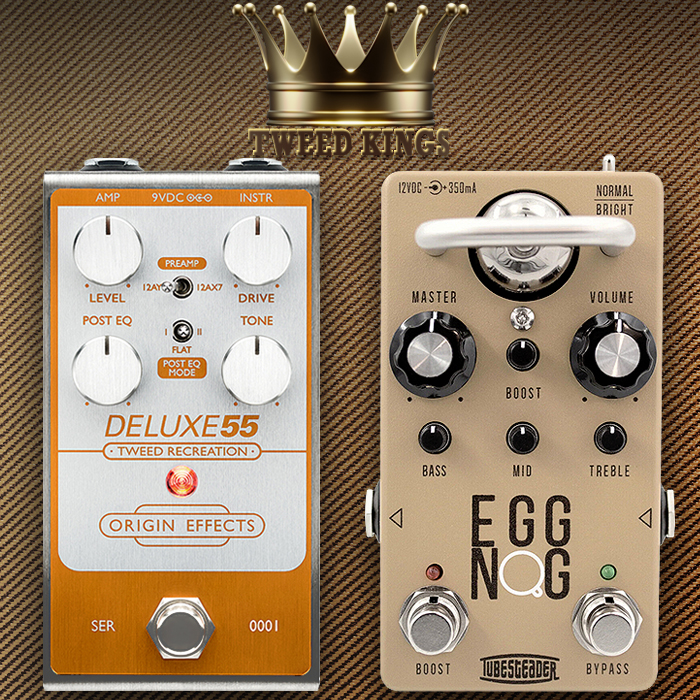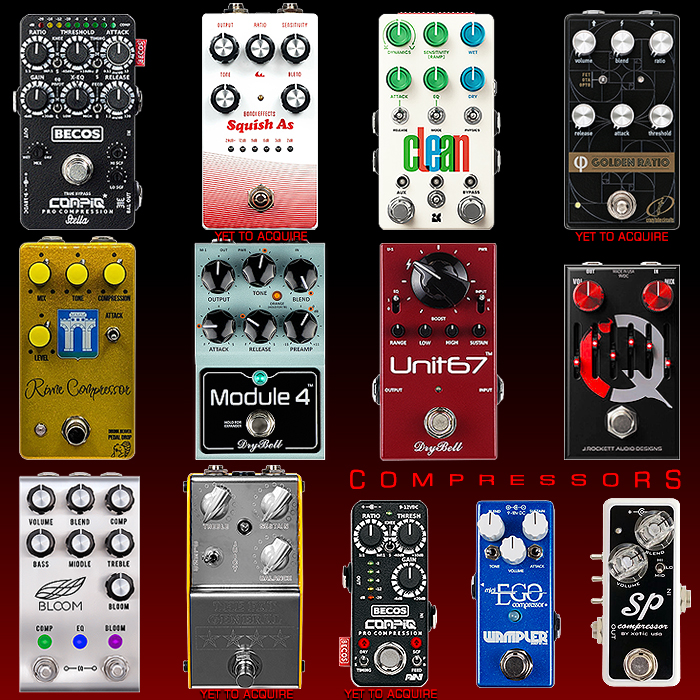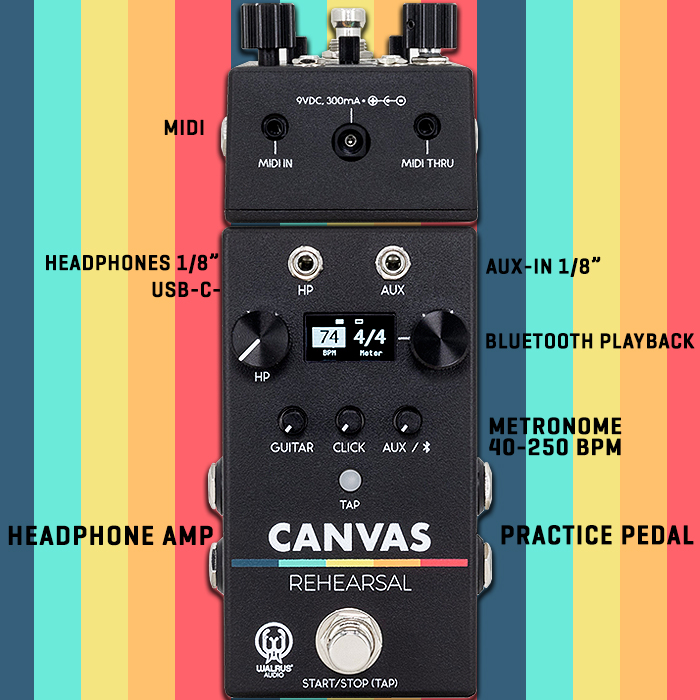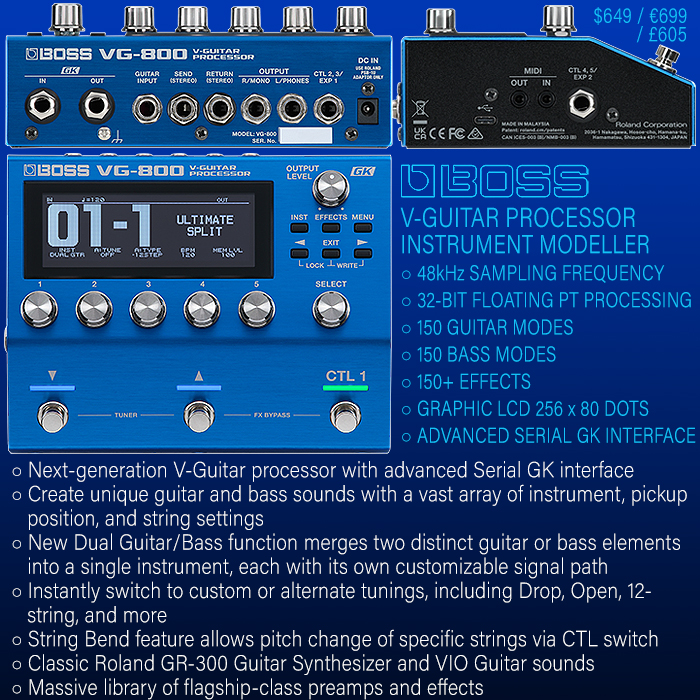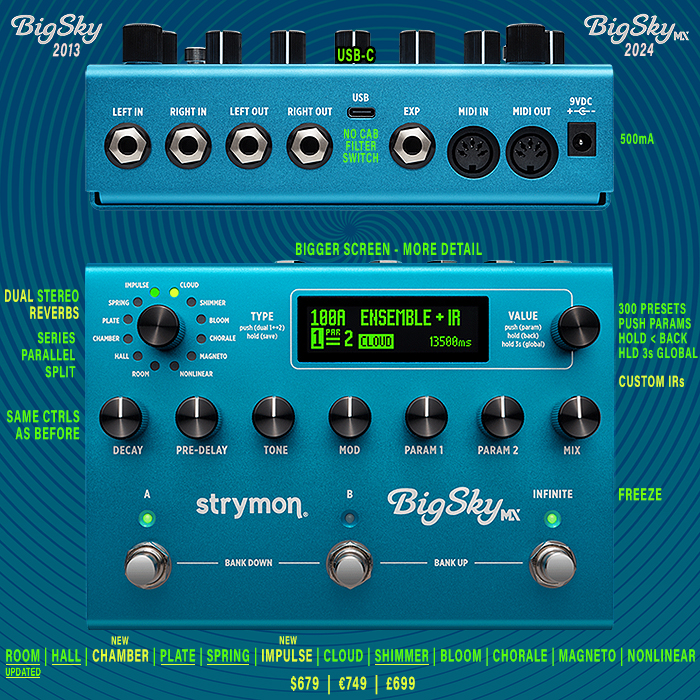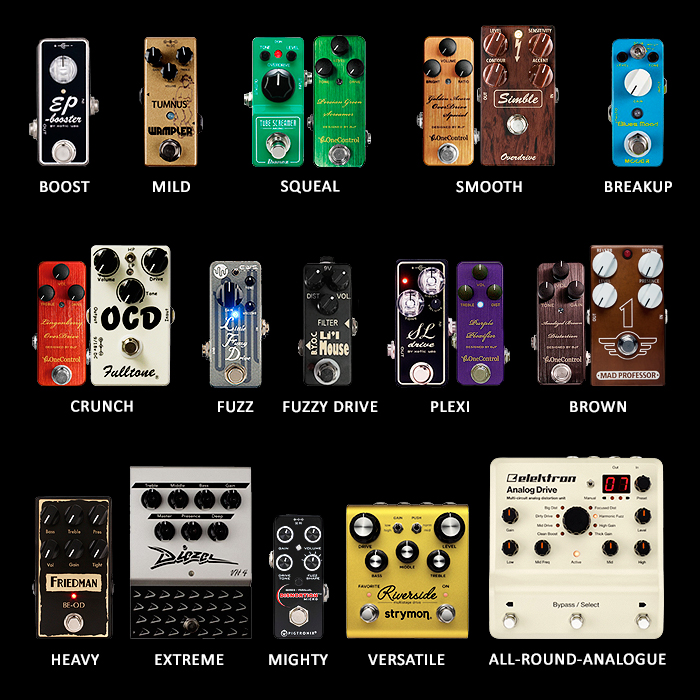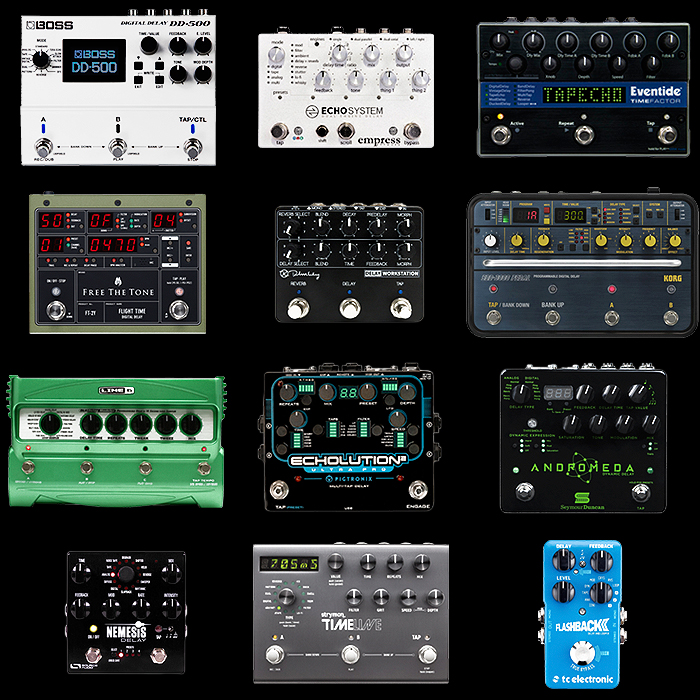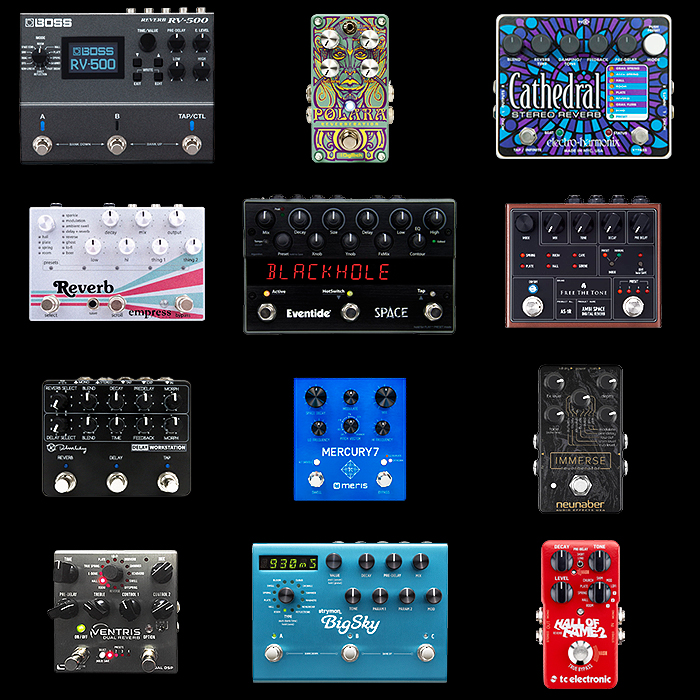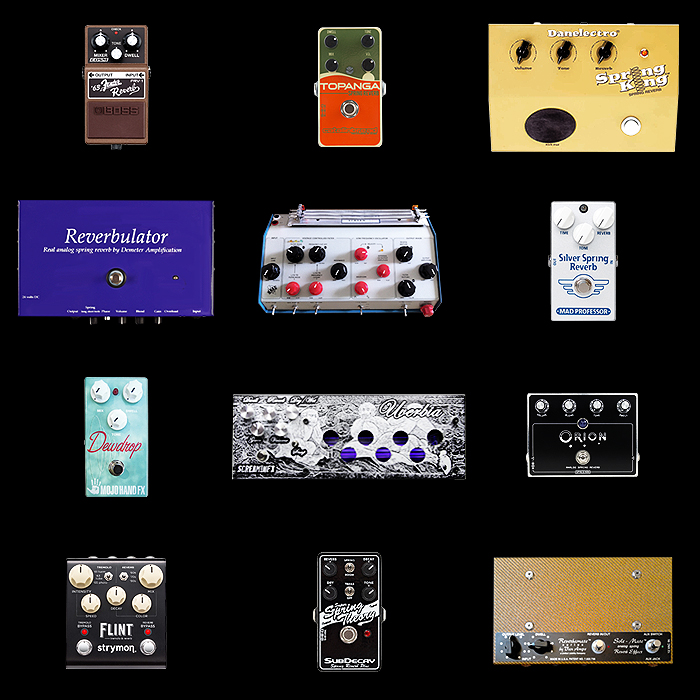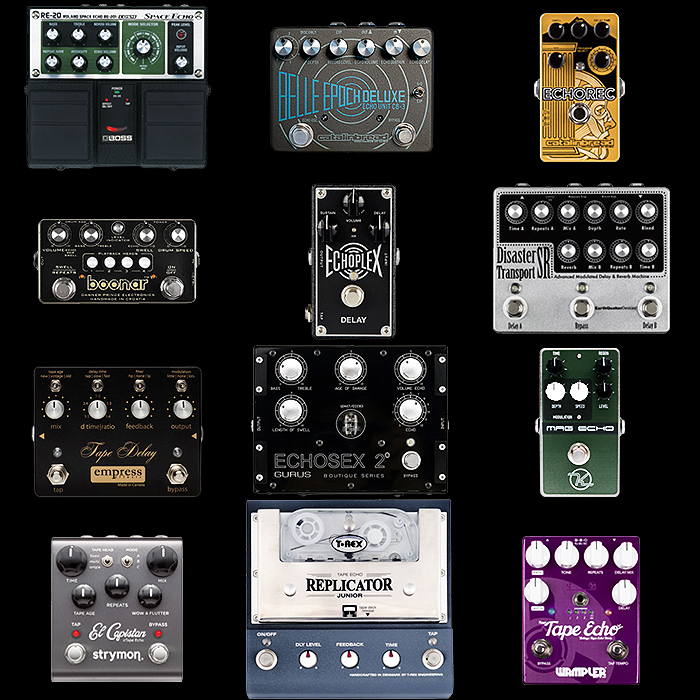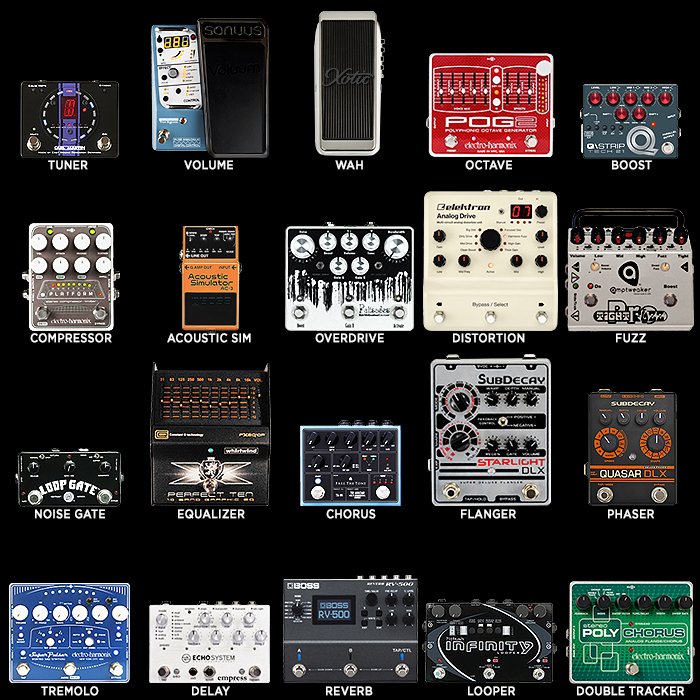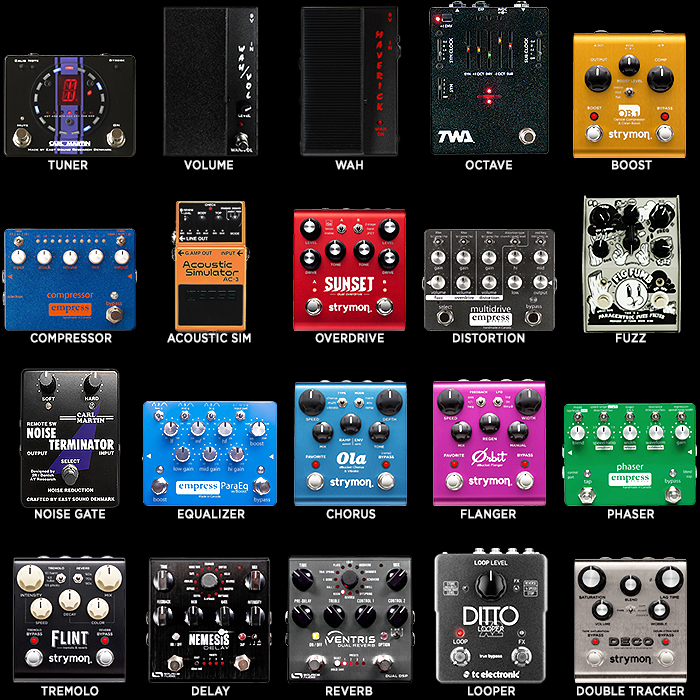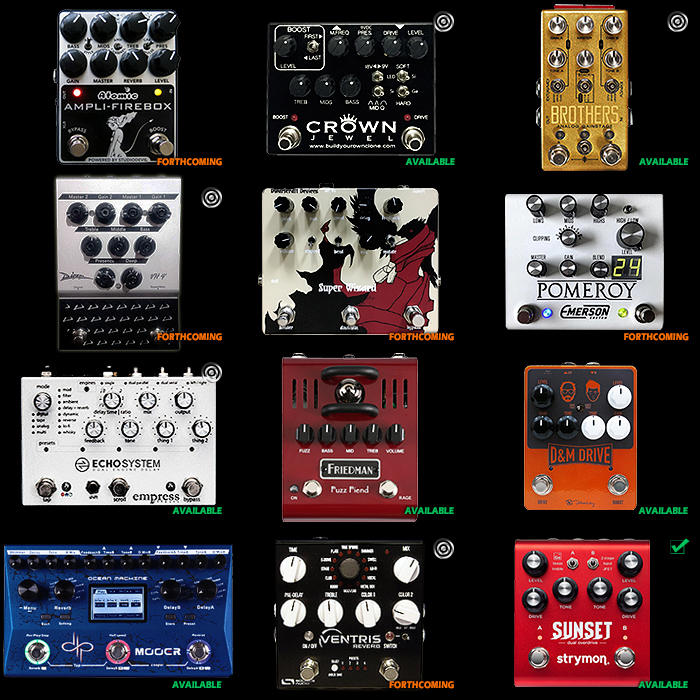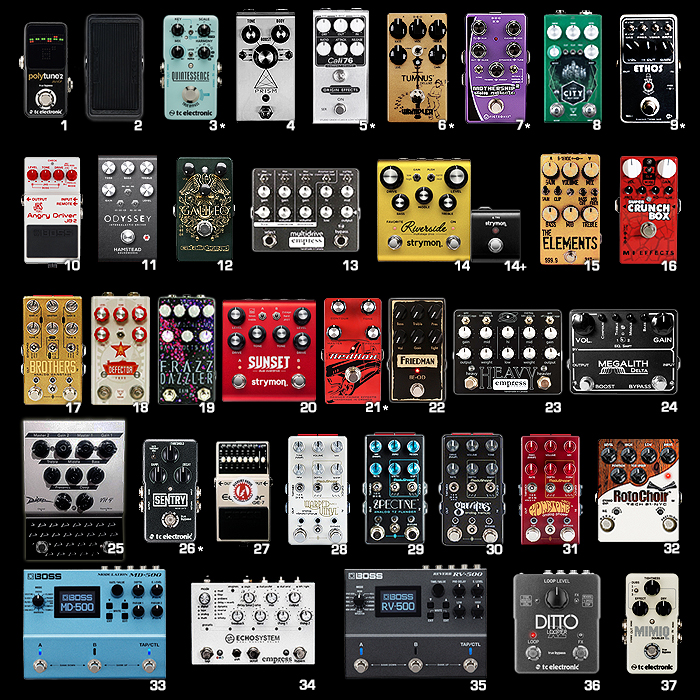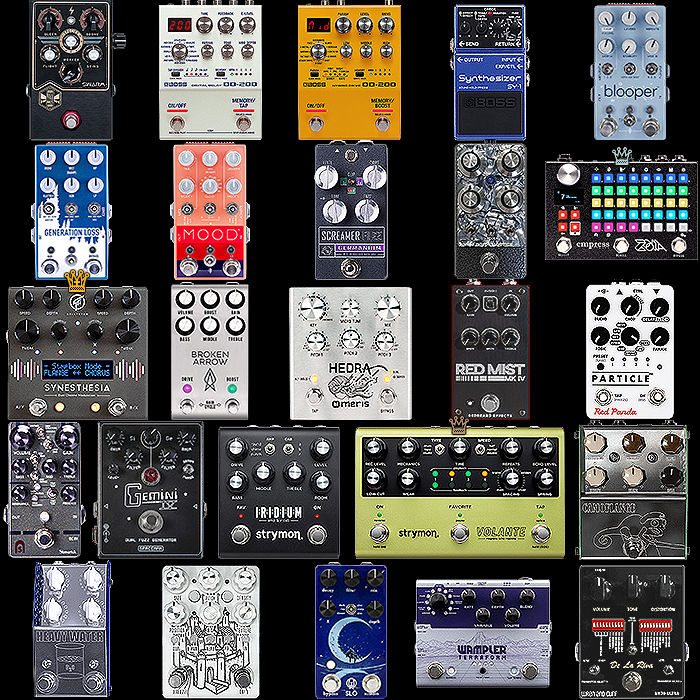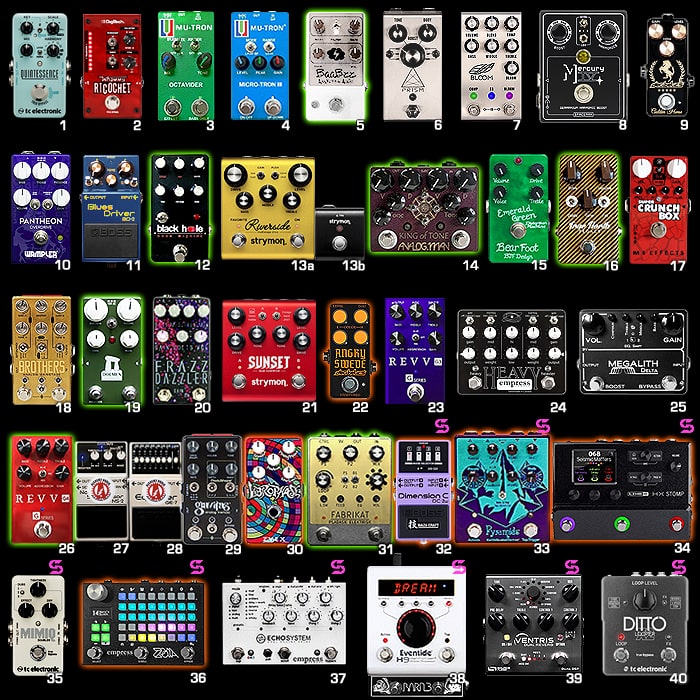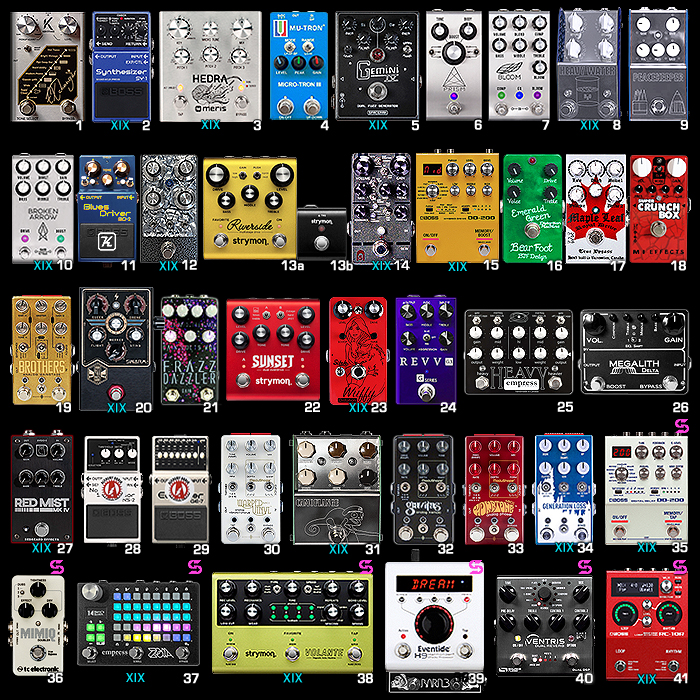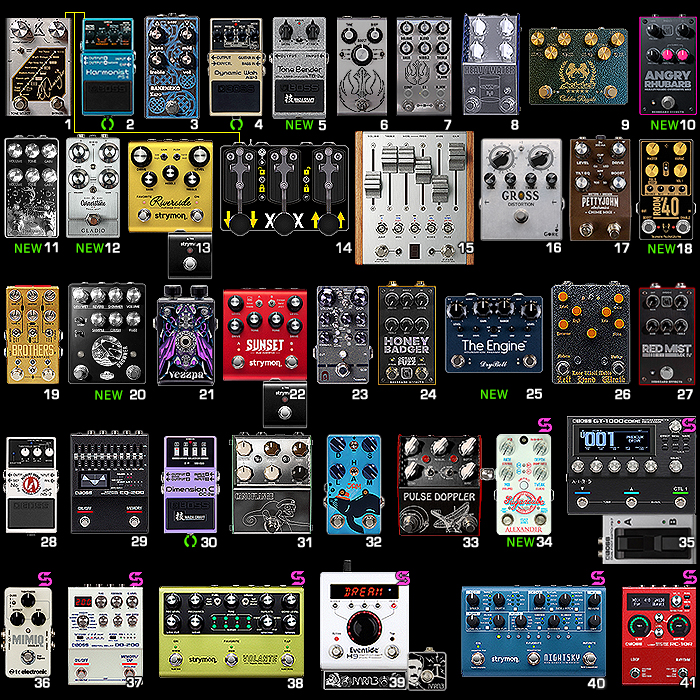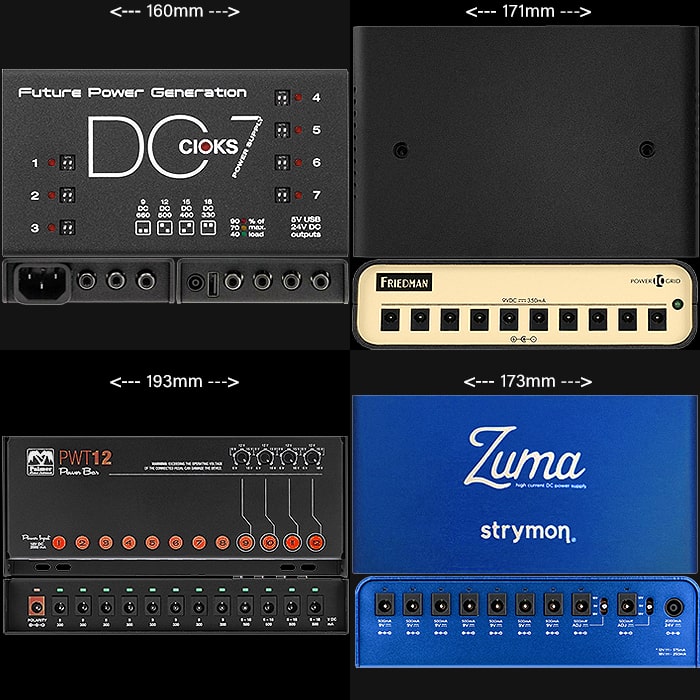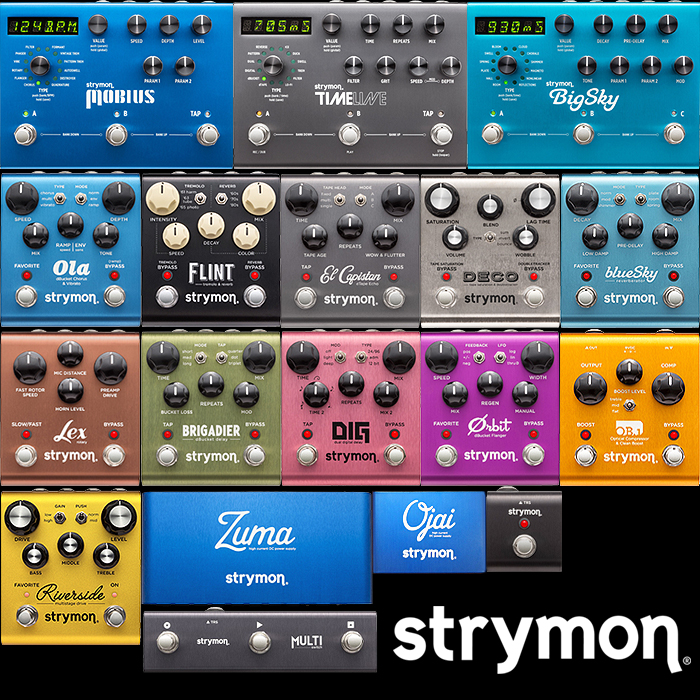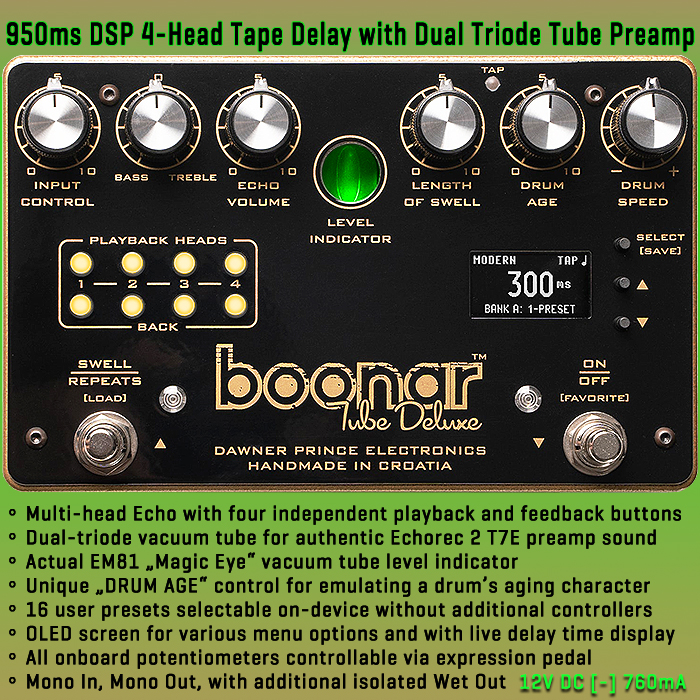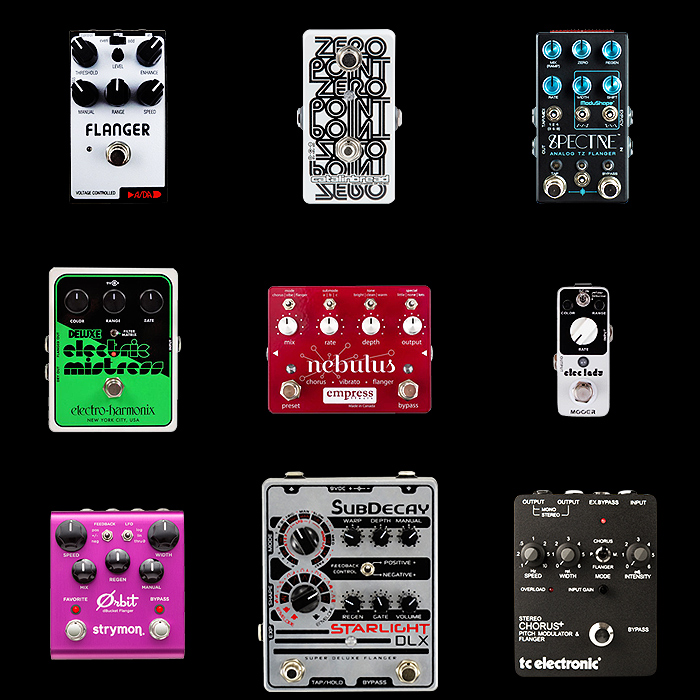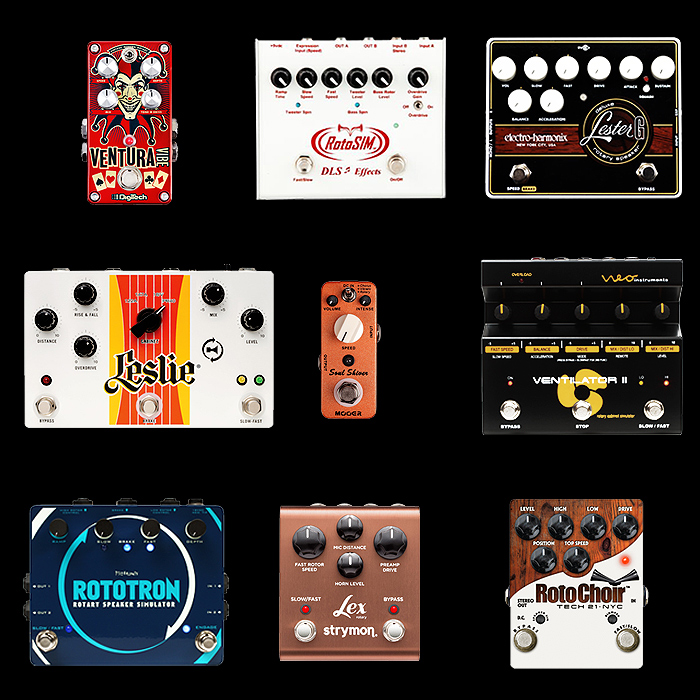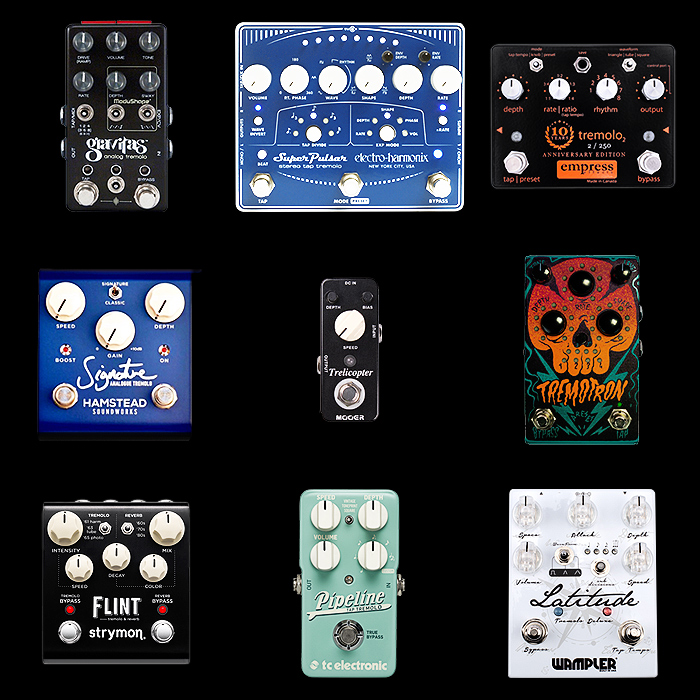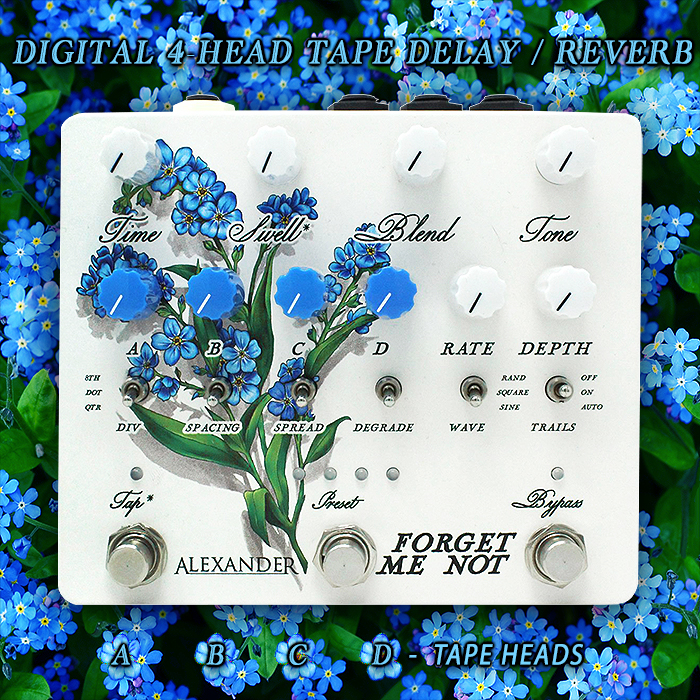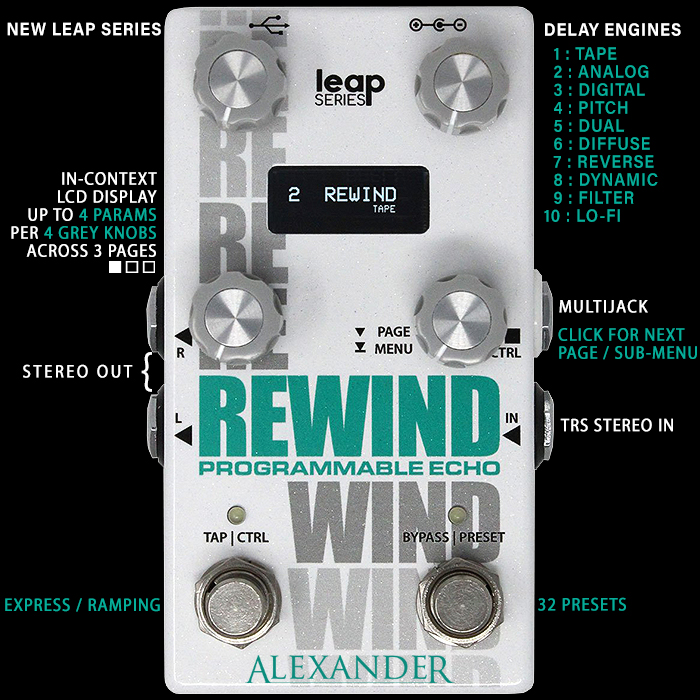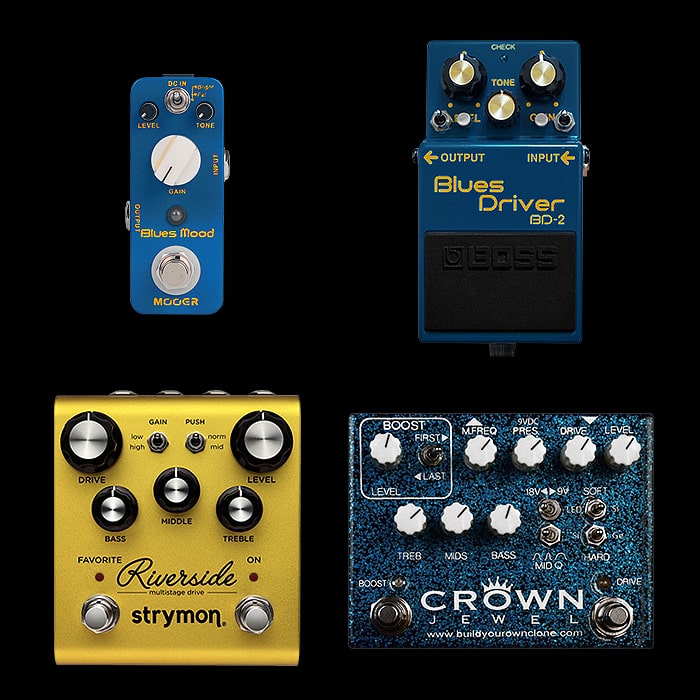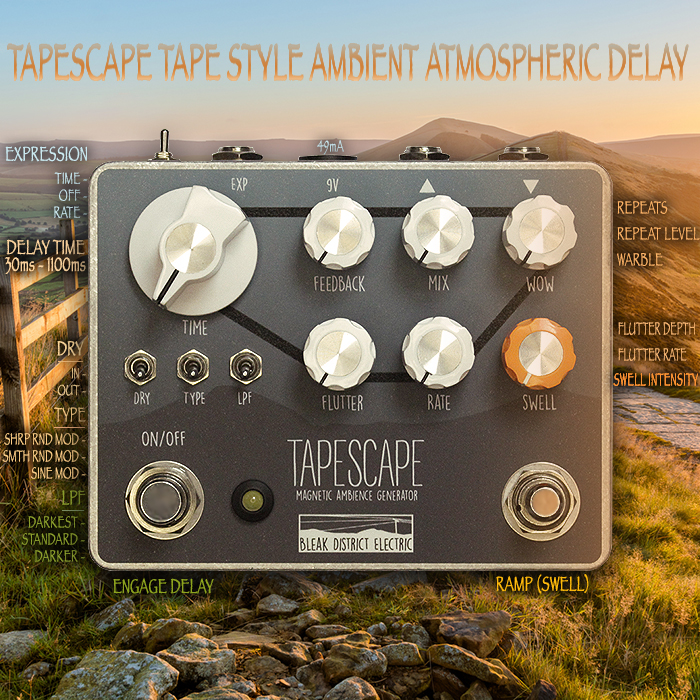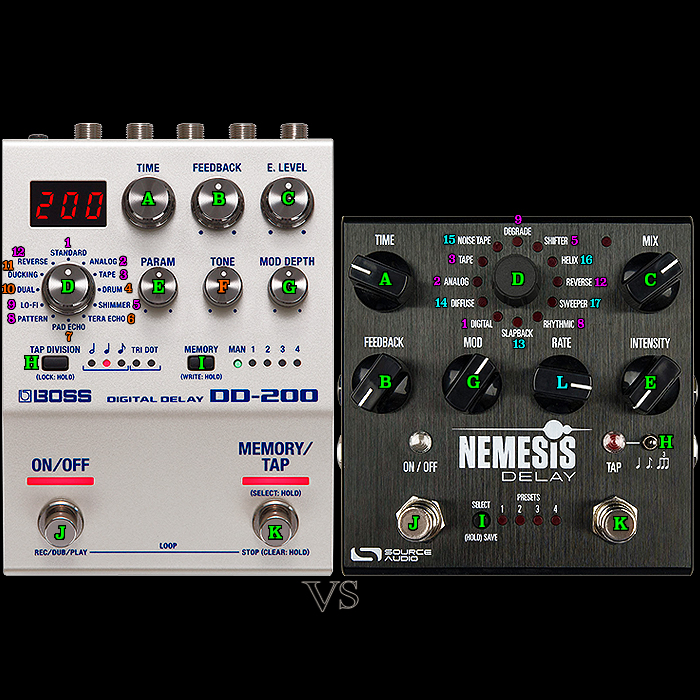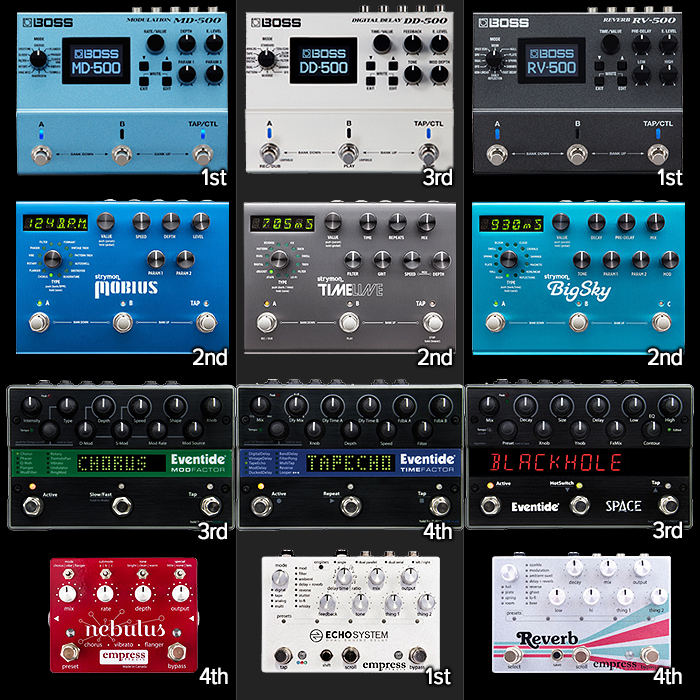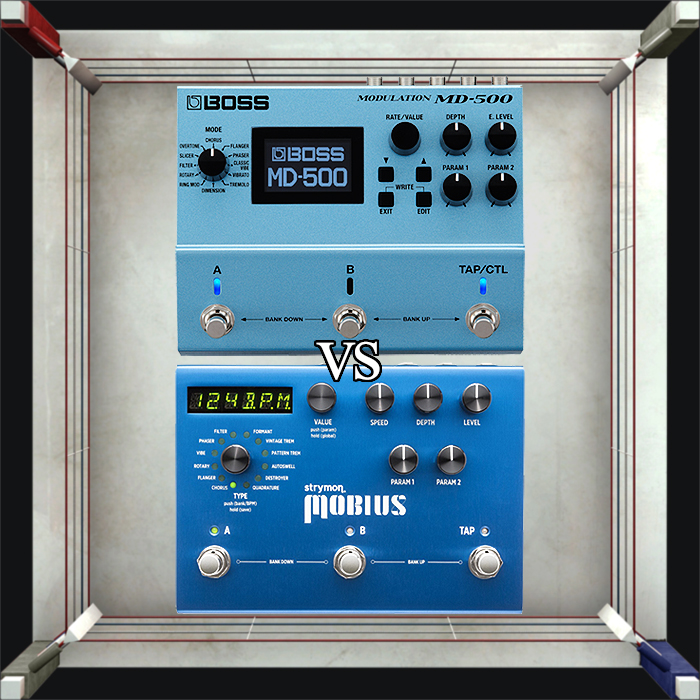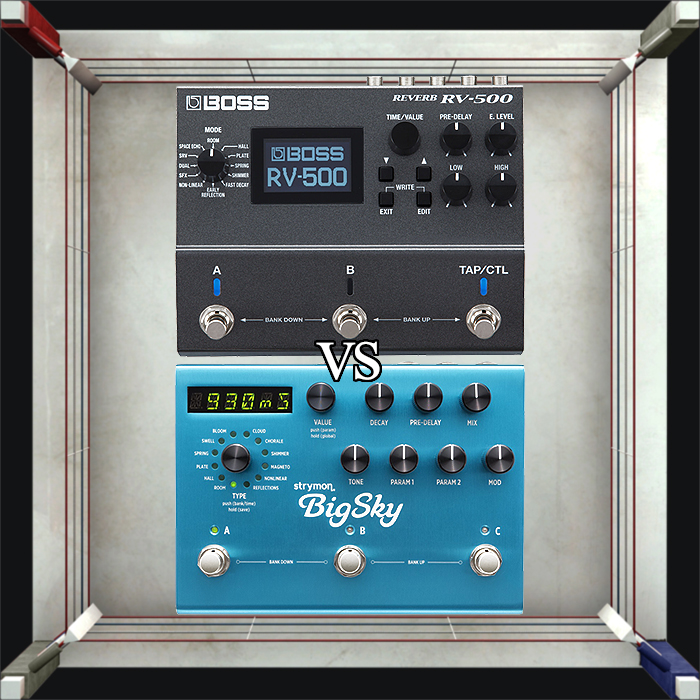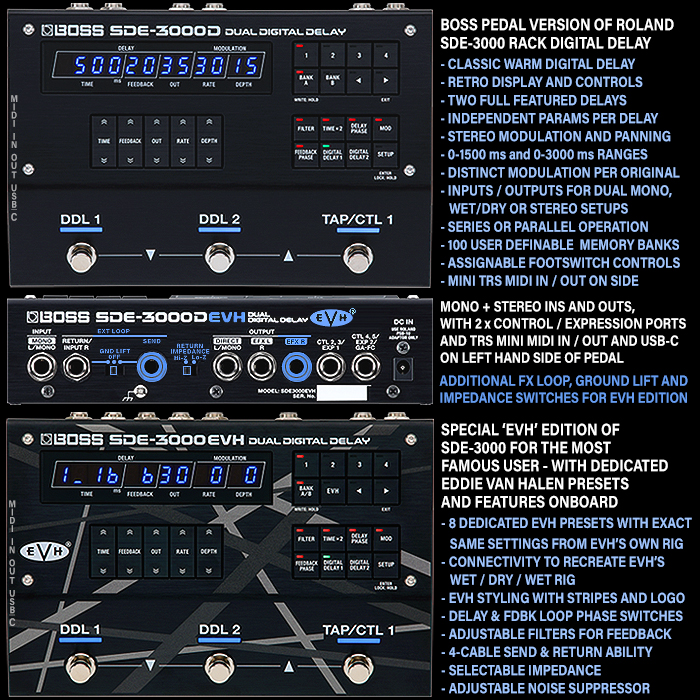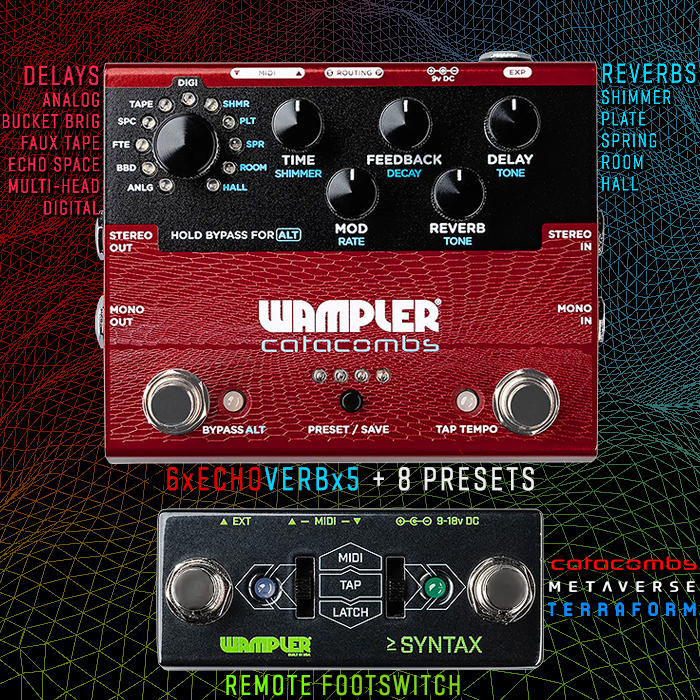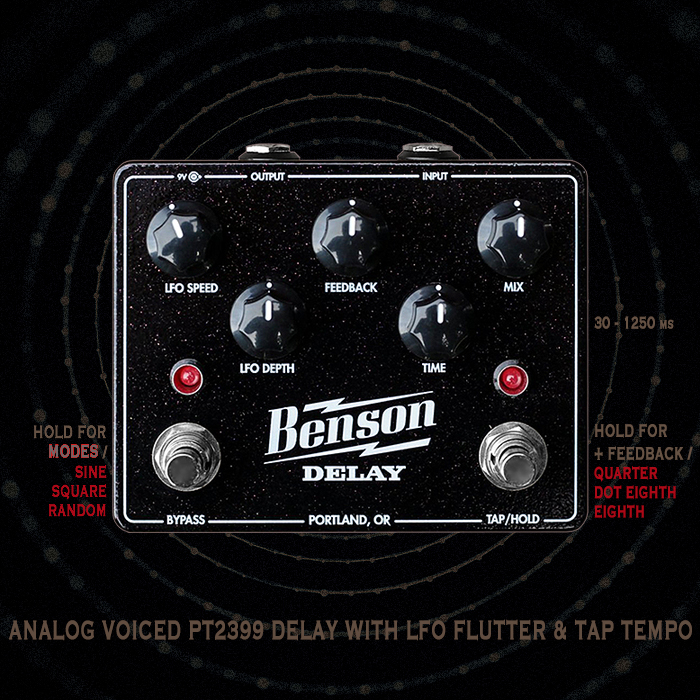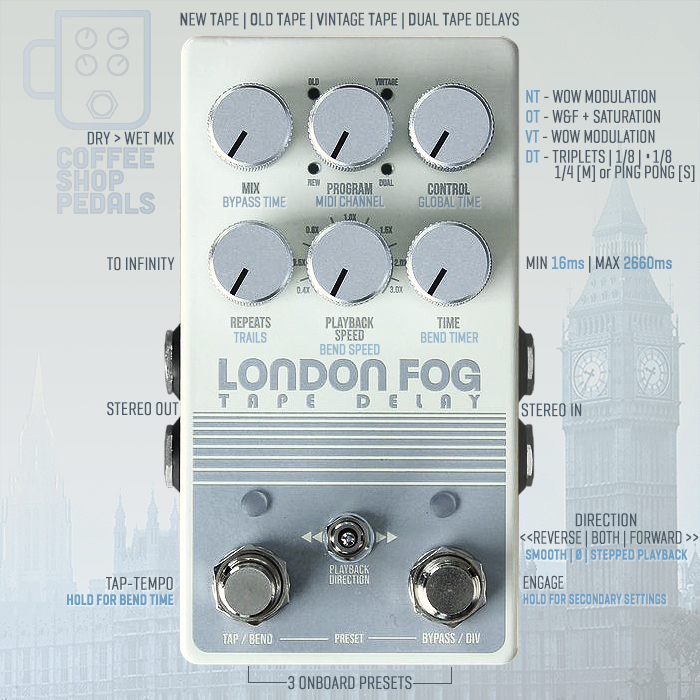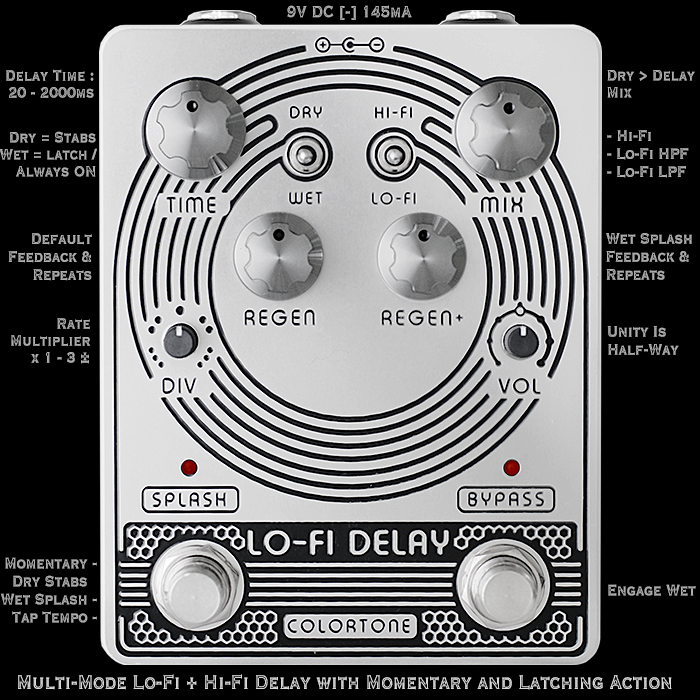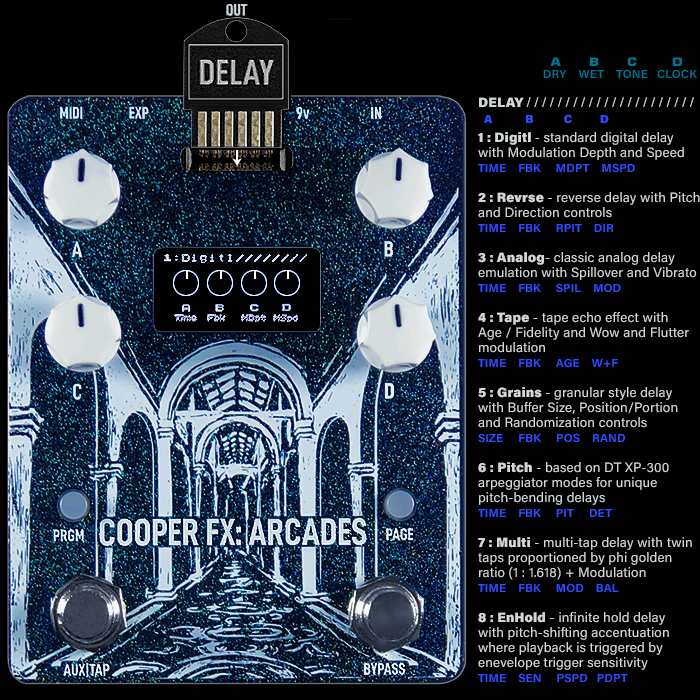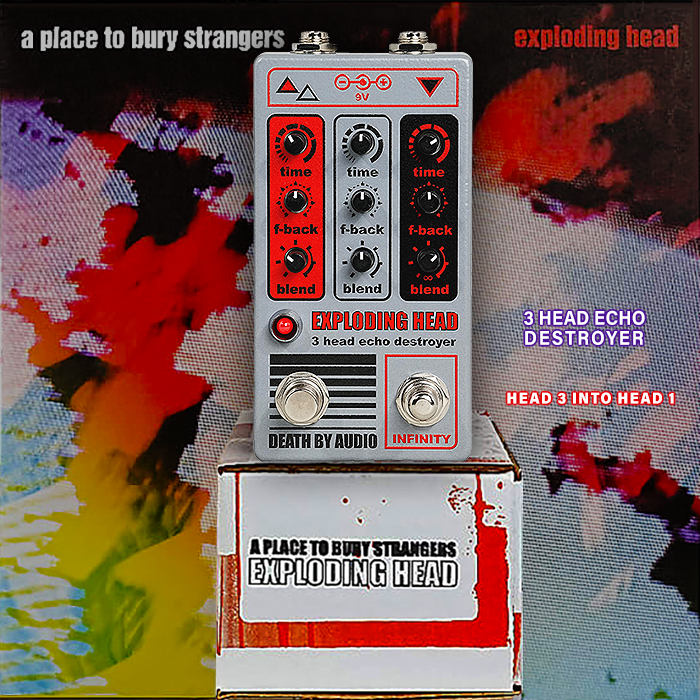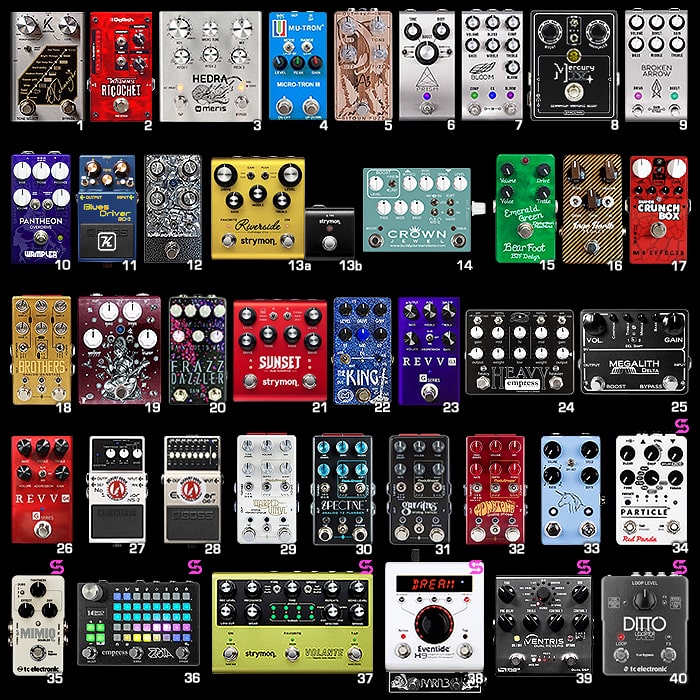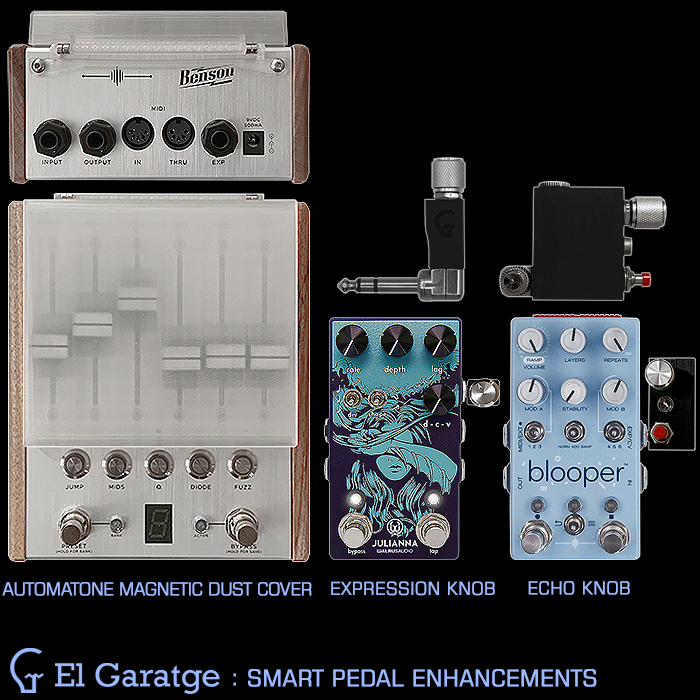Why the Strymon Volante is my favourite type of Delay Pedal, and how it could be improved!
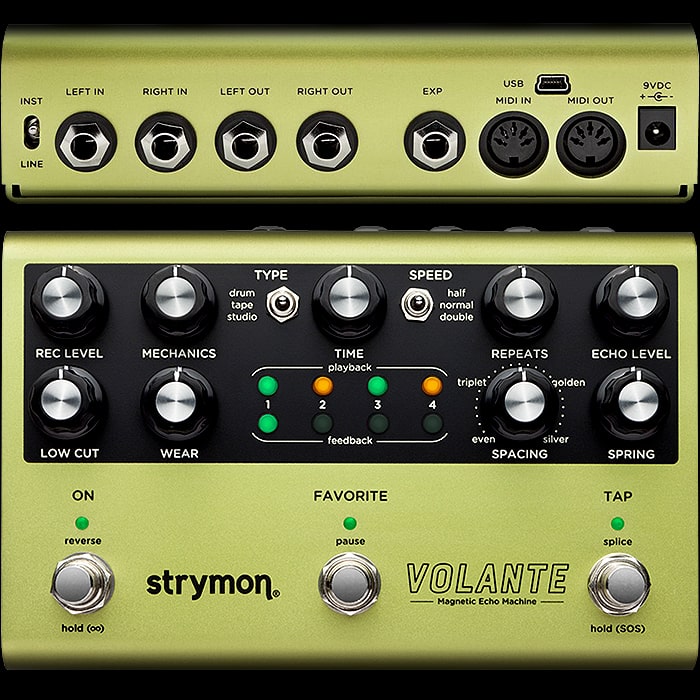
So I at last managed to get a hold of one of these from a UK dealer - looks like Sound Affects Premier were amongst the first to receive a sizeable delivery of Volantes on this side of the pond. For veteran Strymon owners this is really just more of the same - by which I mean another really smartly and intuitively interfaced delay pedal with some significantly clever built-in tone-sculpting.
Unbeknownst to some - Strymon pedals very much have their own kind of slightly polished tone / sound signature - they have quite a distinct frequency curve I believe as they very neatly tweak the output and throughput of the affected signal to remove unnecessary harshness. While other similar effects are slightly rawer with less EQ manipulation - I believe Strymon apply some really smart High Pass and Low Pass filter algorithms to ensure optimal sound quality throughout their given dial ranges. And this is another area really which mostly pleases me - in that Strymon very significantly tune the ’Range’ of their dials - meaning it’s very difficult to make things sound even slightly discordant or ugly - pretty much all settings sound musical and refined. I usually typify this as the ’Strymon Sheen’ and it’s of course quite evident here. Those of us who really like Strymon - mostly appreciate the ’Sheen’ but would occasionally like some way to slightly override that - which is not always possible.
In this instance I feel they have got the balance pretty much spot on - with a couple of provisos I will make later. In essence what you have here is a much improved and expanded sort of Deluxe El Capistan - with a tonne of extra features in all areas. There are a few features that really make this pedal essential for me, and foremost among those is the 8-button interface right in the centre. As Boss learnt with their Dimension C - people love an easily intuitive interface. Being able to instantly impact which ’Tape’ playback heads are active, and which have feedback assigned is really just perfection. You can then hold down the playback buttons to set them to half-volume (button turns orange), and you can apply Stereo Left-Right panning to the playback by holding down corresponding feedback button while adjusting the Time dial. You get a very visual representation of exactly what is going on - so for the standard quarter note time signature - if you want a dotted 8th say - you just make sure that the #3 playback head is switched on.
With the Spacing dial just in standard / Even mode - and by varying which buttons are active, half-volume and fed-back - you already have an incredible variety of delay patterns. You can expand the scope of those further by changing the ratio of the Spacing between the playback heads - going from Even to Triple, Golden and Silver ratios - with in-between variances throughout the dial range.
For my initial foray I’ve stuck mostly to the ’Tape’ type of delay, and experimented to every extreme with the Saturation/Rec Level, Mechanics/Wow & Flutter, Wear/Tape Age, and Low Cut. I’ve mostly held to Even spacing so far, but have tried the other varieties to some degree. I’ve also experimented significantly with the SOS (Sound on Sound) functionality which is a mini looper that allows you to loop, reverse, hold/freeze and brake/pause/resume playback. (SOS looping is 32 seconds at normal Speed).
So far so good then - and no real complaints with any of the features already mentioned - all are totally intuitive and once you’ve consulted the manual just one time, you don’t really need to look at it again - as everything really just works as intuitively as it should - with one exception. The 8 presets onboard this pedal are relatively easy to save/store - but the recall of those is about as clunky as it gets! To store them you just ’save’ to one of the 8 Playback and Feedback buttons by holding down the Favourite footswitch, then selecting the destination button, before hitting the footswitch again.
How the Preset recall currently works though is that you can only access ’1’ ’Active’ preset at a time. This means you hold down the Favorite footswitch and the corresponding 1-8 button to select which preset is currently ’Active’. Hitting the Favorite footswitch just activates this one Preset - to get another one selected - you need to go through the very clunky exercise of re-selecting which of your Presets is the Active one - etc. etc. This is actually the one major shortcoming of this pedal - as I would have thought they could have employed some sort of Bank Up/Bank Down style functionality that is employed on the other Strymon big box pedals. Being able to just switch between manual current panel controls and 1 Active Preset is a huge disservice to this pedal, and a significant usability oversight. Strymon should really have deployed some dual-click function into the 3 footswitches so that once in Favorite mode you could easily switch between presets.
The only other thing about this pedal which niggles me just very slightly is that I feel it could do with a tiny bit more ’Echo Level’. As I’ve said above, Strymon always do things in a very tasteful and refined manner - which of course is conducive to really high quality output, but if you want to be a little more experimental and extreme the ’on-rails’ / ’training-wheels’ approach does limit your options in that area.
For my own pedal-chain big-box delay I’ve gone from the TimeLine, to the Empress EchoSystem and now onto the Volante. I tend to mostly use Ping-Pong and Tape style delays - but did like the option to use some of the more unusual textures the TimeLine and EchoSystem offered. So to counteract the loss of other delay types, I’m supplementing the Volante with the Red Panda Lab Particle 2 - which gives me access to those more quirky flavours of delay which I sometimes need to make use of.
So the Volante is not exactly a TimeLime / EchoSystem / DD-500 killer as such - it’s rather just the most complete and intuitive tape-style delay pedal currently available. It sounds amazing and does pretty much everything well - bar the two little niggles I mentioned. I had long been considering the not altogether too dissimilar Dawner Prince Boonar - but that has no stereo output, and nor does it have quite as an extensive a feature set as the Volante - although some people still prefer the sound of it versus the Volante. As always, this pedal won’t be for everyone - it’s pricey for sure, and certainly does its own kind of thing to a degree - but I feel that when everything is considered - it is currently unmatched in its category for what it delivers.
I still have a significant preference for the Pedal-platform style of approach - particularly for its easier visual cues and more rapid ability to tweak settings - and in that regard the Volante performs exceptionally highly. The 8 button interface and surrounding knobs and switches could not be better - while the only let-down here really is the clunky nature of preset recall - other than that this a truly stellar delay pedal which will undoubtedly find its way onto a multitude of pedalboards.
I include the Mike Hermans overview / demo below as my favourite Volante demo to date - it really covers most of the ground in the most succinct manner over its near 14 minutes running time - enjoy!:








